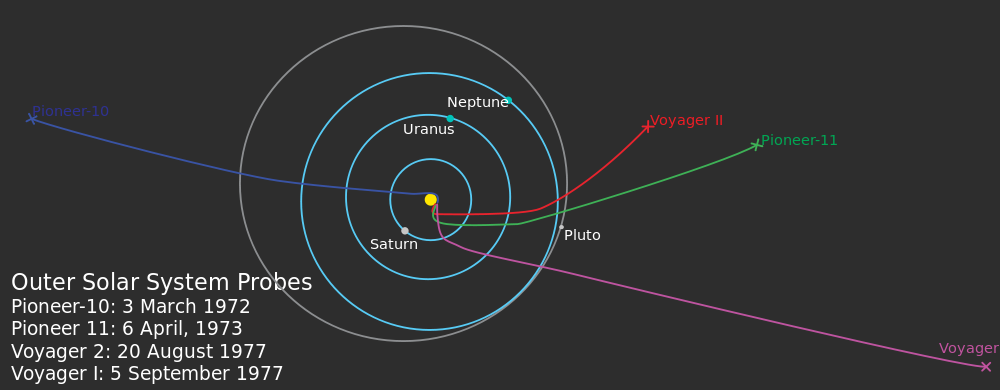Crazymoogle
Member
TacticalFox88 said:I know this makes sense in my head, but here goes nothing. We always talk about going *across* the universe in a straight path and what not. But what about *down*? Like say you go into space, point the ship downwards, and hit the thrust assuming it's advanced and all that jazz. Would there be anything? Are we a "Moon" to some other planet that we can't see?
The universe is pretty 3D dimensional in terms of layout - even if it does seem to form a disc overall, we only understand the layout from our viewpoint. So you have a lot of it's there...
1. If you head "down" (perpendicular to the common orbiting angle of the Solar System)
2. If you head "down" through the Oort Cloud
3. If this also all happens to be perpendicular to the common plane of the Milky Way
Even then, there are a ridiculous number of galaxies and stars to find along the way, and there's no guarantee the universe has a disc shape. There are various things that make sense, but given the light limit in terms of how far we could see, it's vaguely possible it's galaxies all the way down. (Or at least far enough that time is no longer a useful measurement.)
The thing is, we're not a moon - hell, we're not even visible without some pretty advanced technology. But Sol is effectively a star in the sky, depending on where that sky is...


